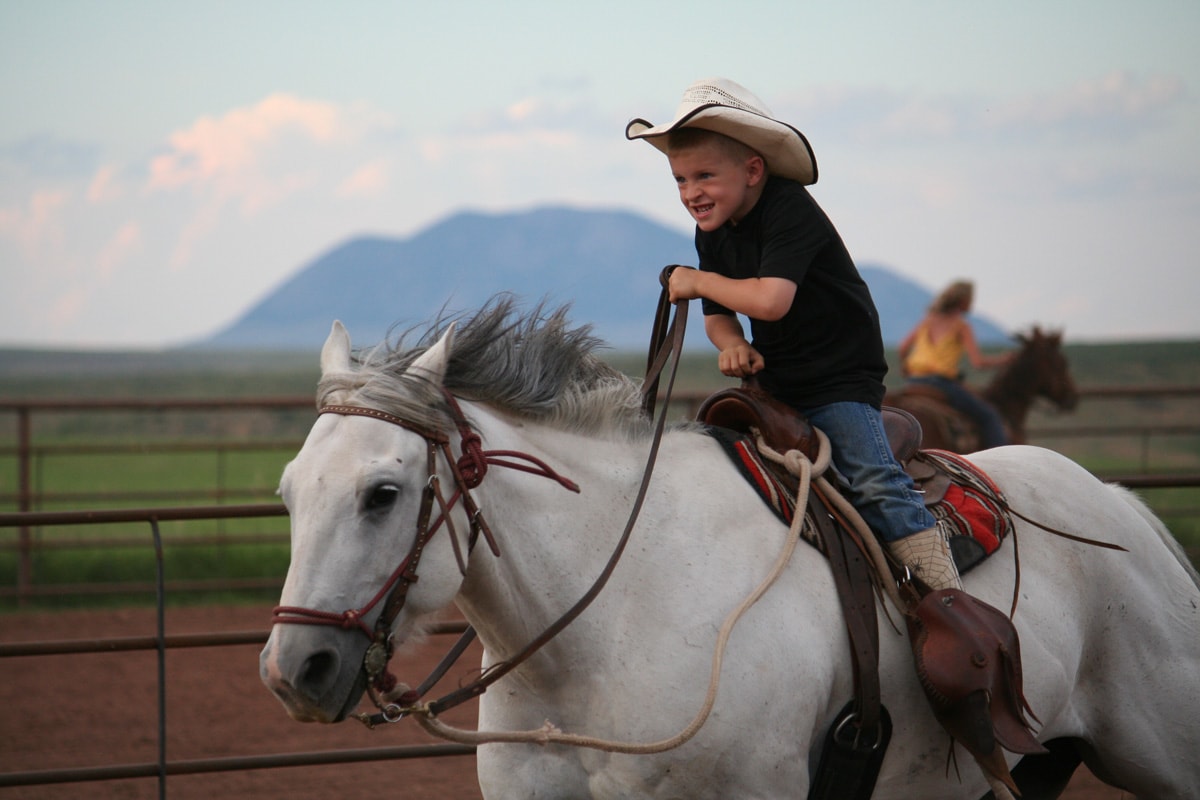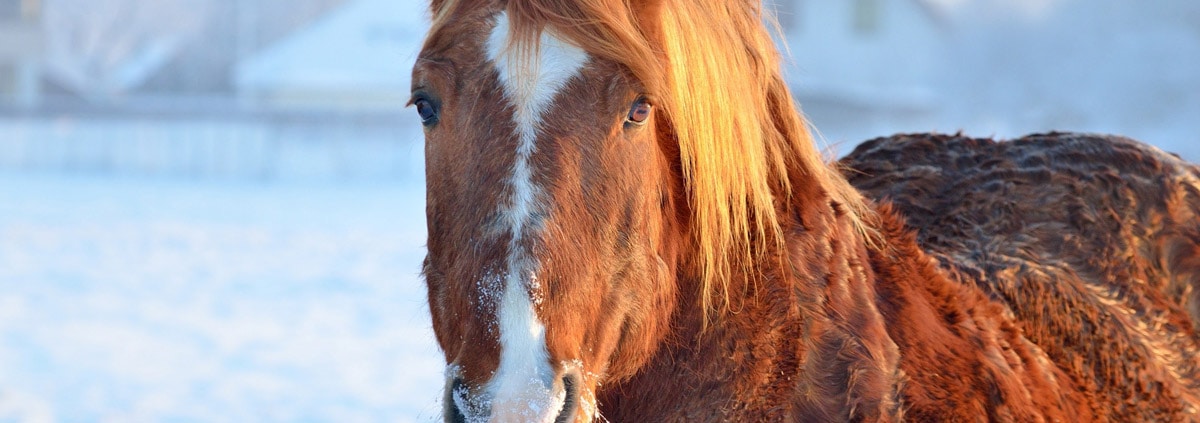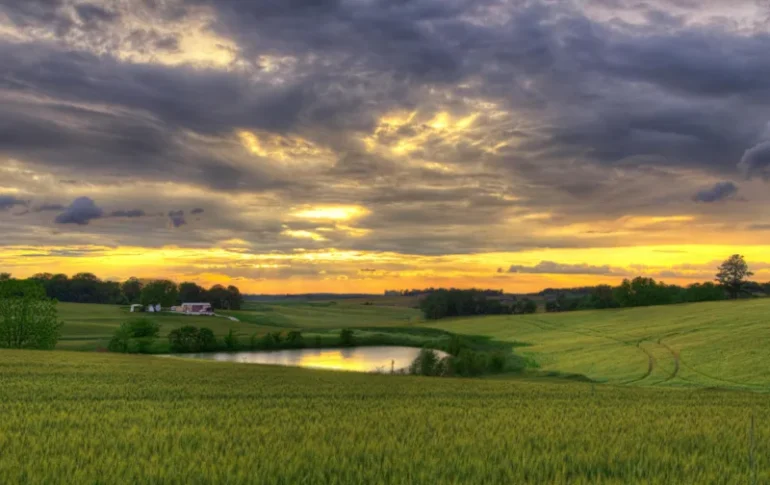Investing In Equine Properties: An Interview With Kate Gibson
By Clarke Watson
As a lifetime horse enthusiast, it’s no coincidence that native Houstonian, Kate Gibson, specializes in brokering equestrian farms and ranches for Republic Ranches, a strategic alliance partner of Fay Ranches. She boasts an impressive equine background, having managed, trained, and competed in the industry for over more than 25 years. Currently, Kate is President of Shadyside Farms, a boarding and training facility she has owned and managed since 1991. The reach of Shadyside Farms is extensive throughout Houston, Texas, specializing in boarding and training hunters, jumpers, and polo ponies. Kate’s affinity for horses, evident in her work and her depth of horse-related knowledge, enables the brokers at Fay Ranches and Republic Ranches to help clients make informed decisions regarding equine investments.
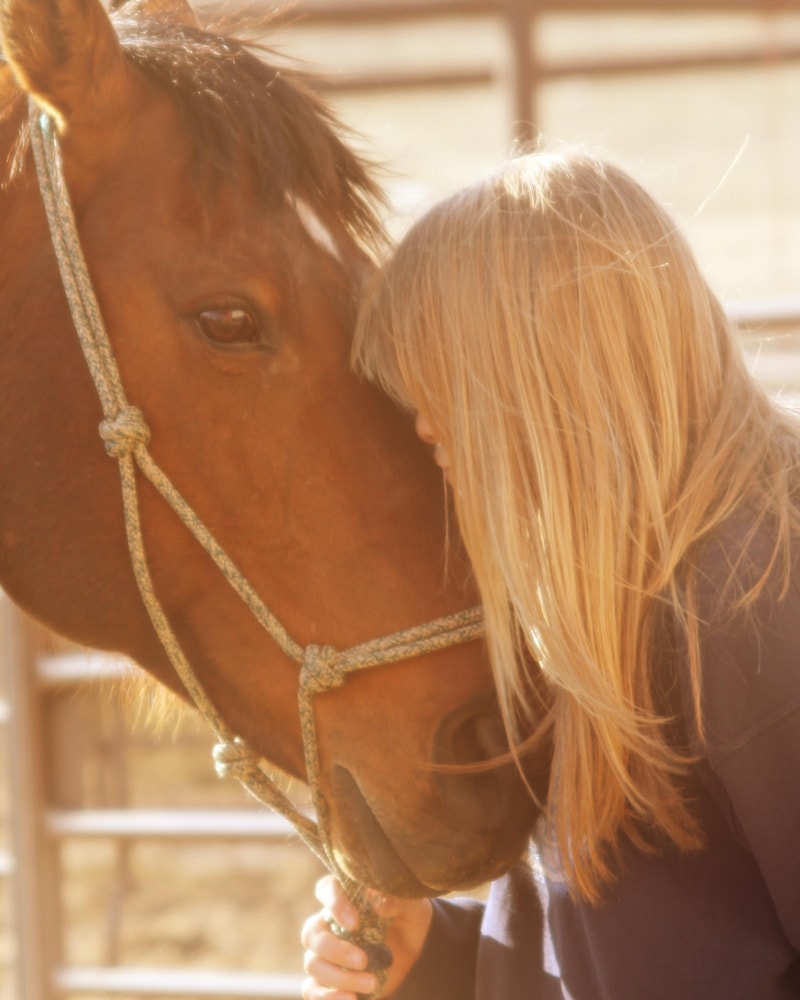 Since ancient times, horses and humans have shared a special bond. Powerful and majestic in nature, few creatures possess the level of emotional intelligence or offer the unwavering companionship that can exist between horse and owner. Connecting us with nature, encouraging physical activity, and opening doors to recreational opportunities are just a few of the benefits of horse ownership. As rewarding as it can be, equine management can be a complex endeavor. From choosing a breed to deciding between differing training techniques to understanding an owner’s distinct riding style, the industry is diverse, making equine properties a specialty asset. To help make sense of it all, Kate explains what buyers need to know before investing in equine facilities.
Since ancient times, horses and humans have shared a special bond. Powerful and majestic in nature, few creatures possess the level of emotional intelligence or offer the unwavering companionship that can exist between horse and owner. Connecting us with nature, encouraging physical activity, and opening doors to recreational opportunities are just a few of the benefits of horse ownership. As rewarding as it can be, equine management can be a complex endeavor. From choosing a breed to deciding between differing training techniques to understanding an owner’s distinct riding style, the industry is diverse, making equine properties a specialty asset. To help make sense of it all, Kate explains what buyers need to know before investing in equine facilities.
KNOW YOUR HORSES
When searching for your perfect horse property, it is imperative to have a thorough understanding of the type of horses you have or are planning to acquire. The various riding disciplines call for style-specific horse accommodations, so it can be advantageous to invest in a ranch with existing horse improvements that are congruent to your needs.
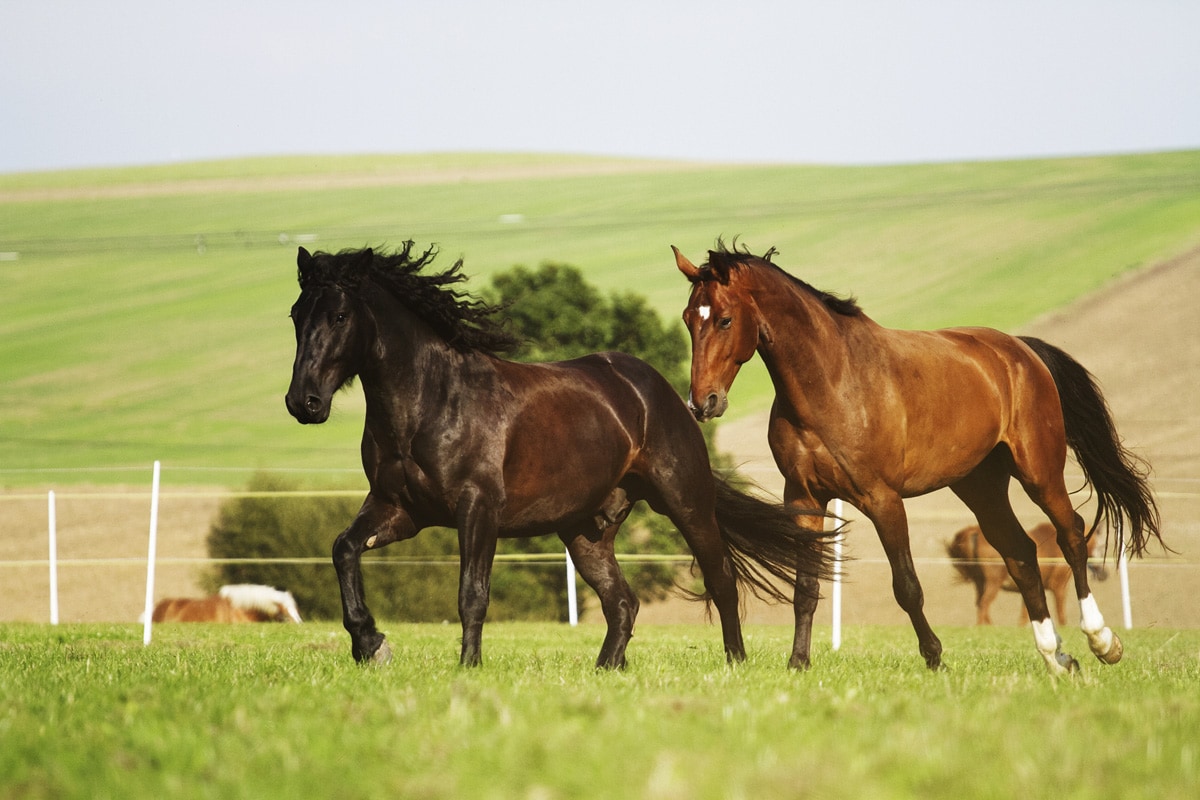
“Different horses require different facilities,” Kate says. “For example, a horseman owning polo ponies will need a big, open tract of land where they can gallop to stay in shape. Hunter or jumper trainers and riders prefer all-weather footing and larger arenas. Those who ride dressage, on the other hand, are very rigid in their dimensions for their riding arena and require training rings that are size-specific.” Reiners and cutting horse trainers prefer an indoor ring and areas for cattle as well.
Horse improvements and accommodations also come into play when selling an equine property. “Indoor arenas are a necessity for certain types of owners but aren’t a requirement for investors with no interest in training horses,” explains Kate. “That said, it’s going to be harder to sell an indoor arena down the road to a buyer looking for a simple country place. It’s a give-and-take industry; the more specific you get in your buildings, the more specific of a buyer you’ll have to deal with later.”
LOCATION, LOCATION, LOCATION
“When it comes to horses,” explains Kate, “it’s important to know the area surrounding your property. Are there maintained trails to ride on? Is there a sense of community? These are all important questions to ask because you can only ride in a circle for so long before it gets boring.”

Kate encourages buyers to invest in an area infused with like-minded horse enthusiasts because horses help landowners connect and bond instantly with others in the community. “If you’re in a horse-centric area, it makes the entire process easier and more enjoyable,” she says. “Because most buyers will need to assess the type of fencing on their potential property and inquire about the horse-related services in the area—such as shoers, veterinarians, and feed stores—having a local community to tap into is invaluable.”
NATURAL FOOTING
Kate has found that one of the most important, and most overlooked factors in evaluating a horse property is the landscape’s natural footing. For example, landscapes in the low-lying areas surrounding Houston might contain “black gumbo,” a rich, clay-like farming soil. “You want to avoid opening a riding facility in an area with black gumbo footing, or you will literally have to import sand to cover everything,” Kate explains. “It’s a mistake that many people aren’t aware of until it’s too late. If a horse runs through black gumbo footing, its shoes can be ripped off, and you risk injury to the animal. With sandy soil, even after a hard rain, the soil drains quickly, and horses can run freely with no damage to their shoes and feet.”
HORSES ARE A GIFT
When all of these factors are considered, investing in equine real estate is a wonderful opportunity for the right buyer and is truly a gift that keeps giving. People will always have an affinity for horses; they’re a part of the American way and a staple of the American West. Horses are also a recreational additive to any property, and you can enjoy and appreciate their companionship while your land appreciates in value.
